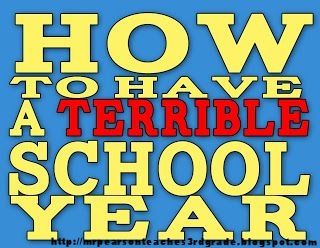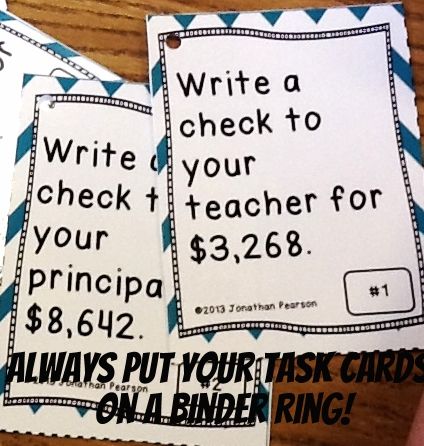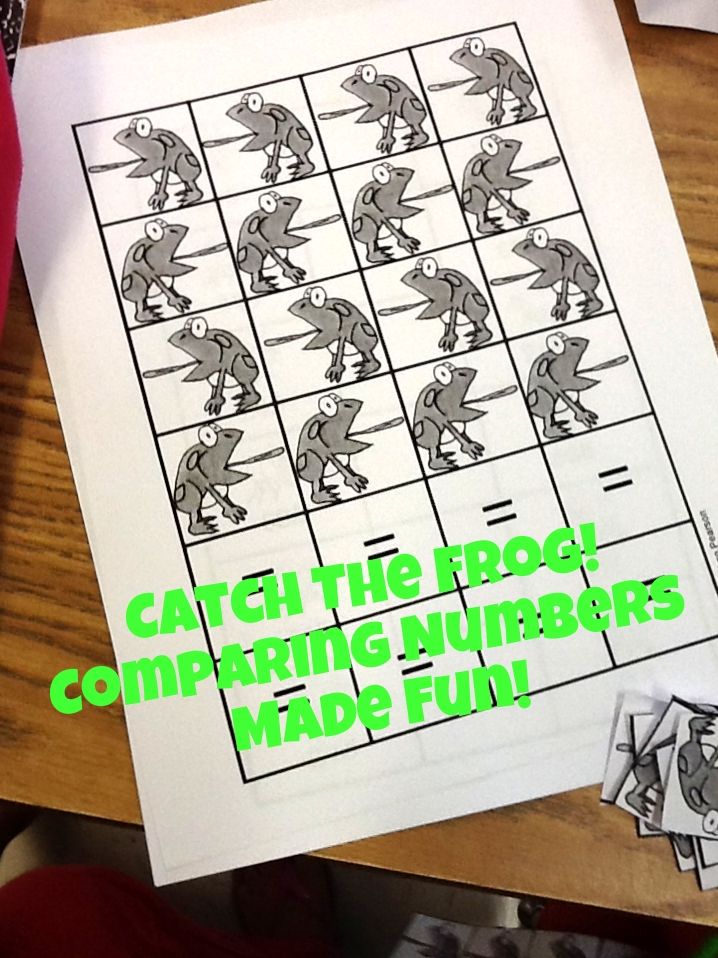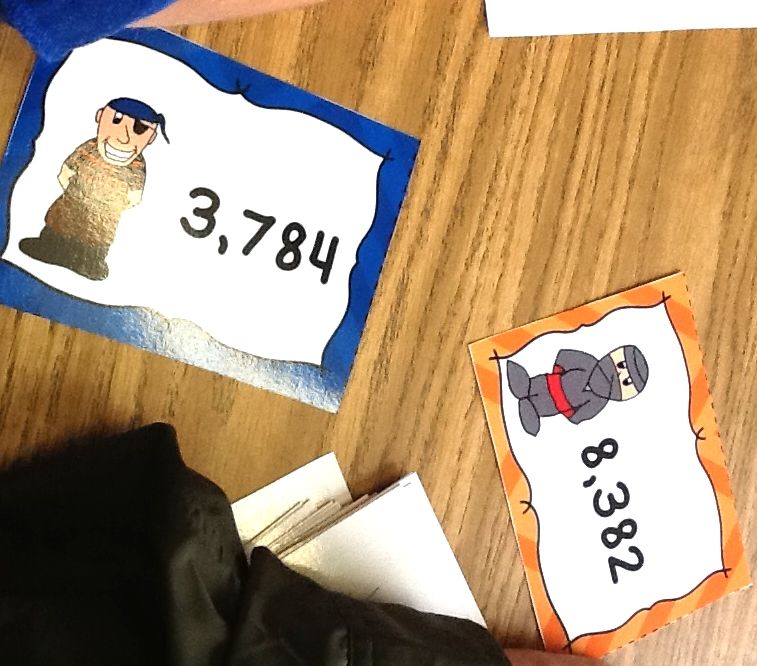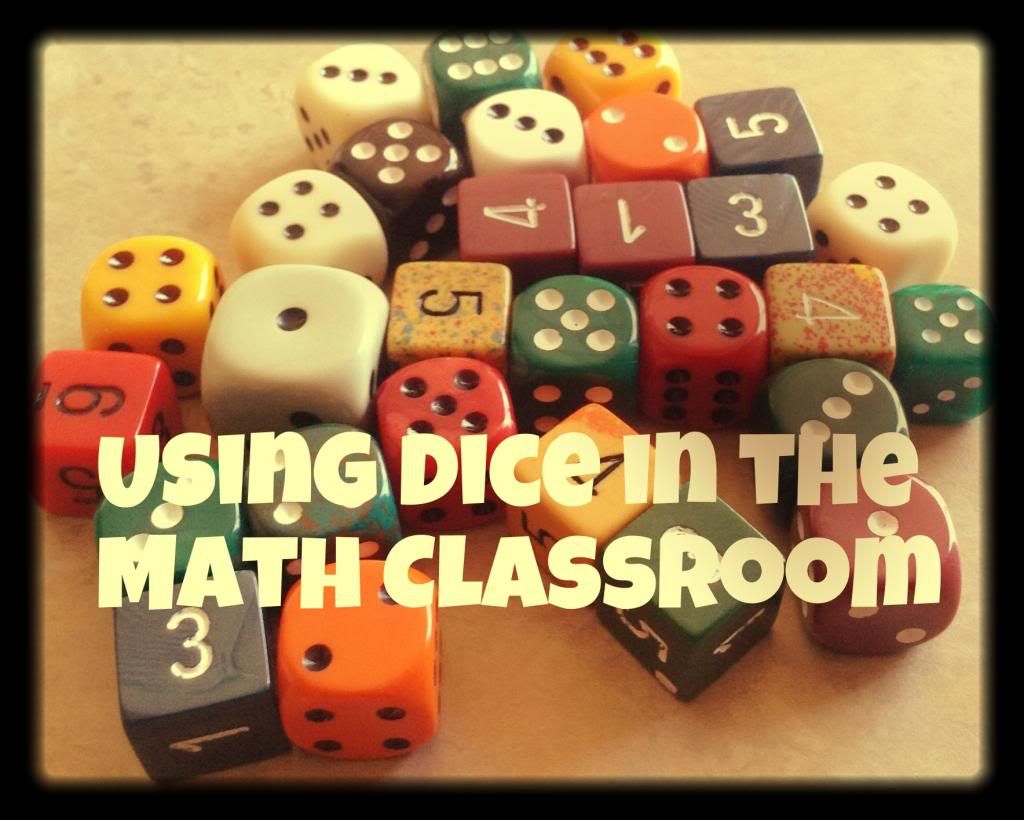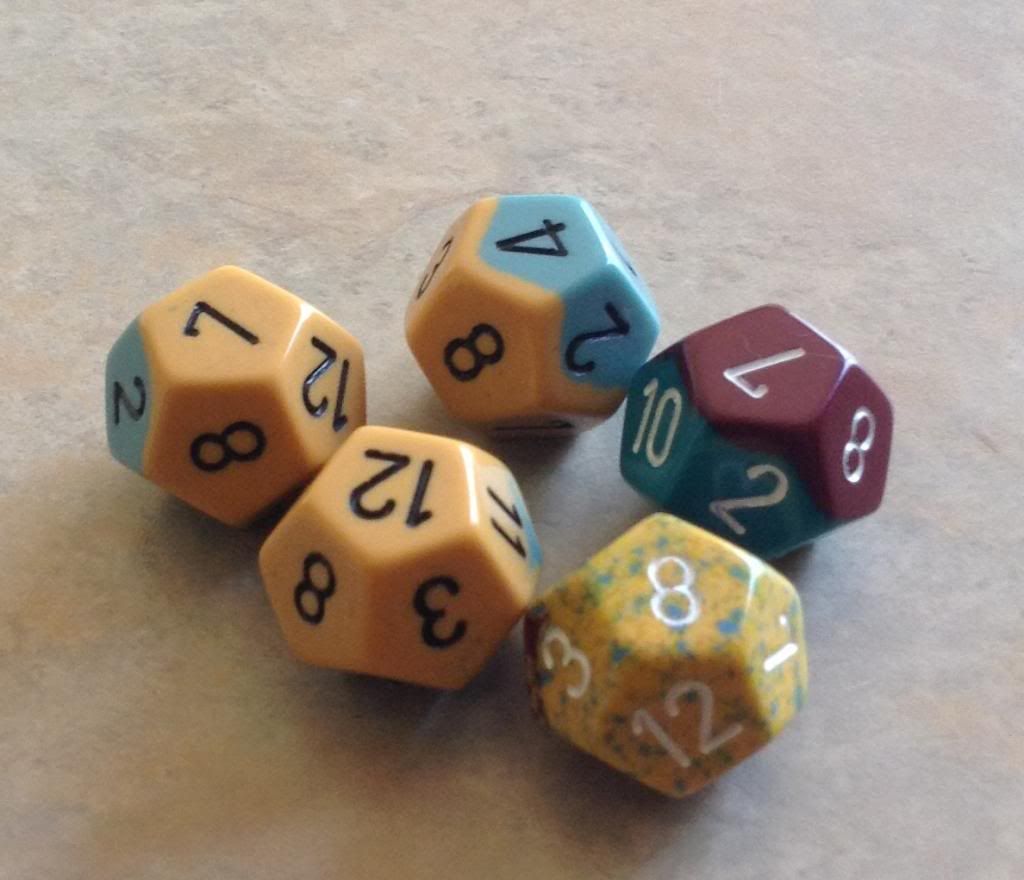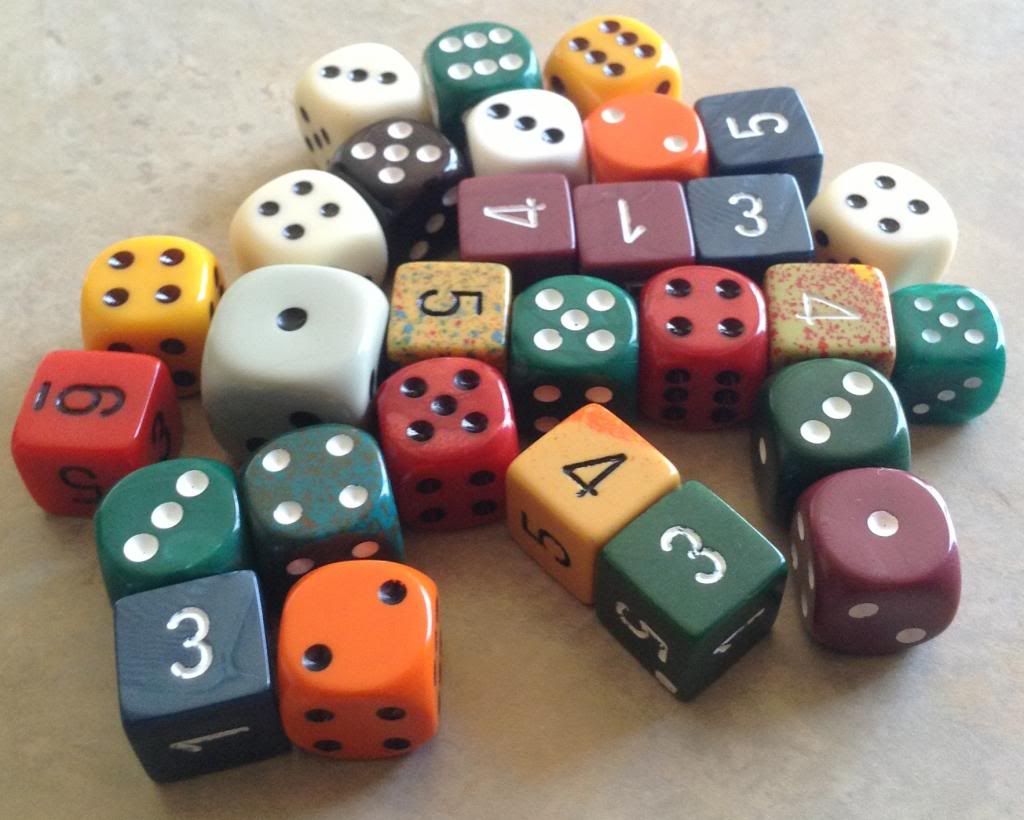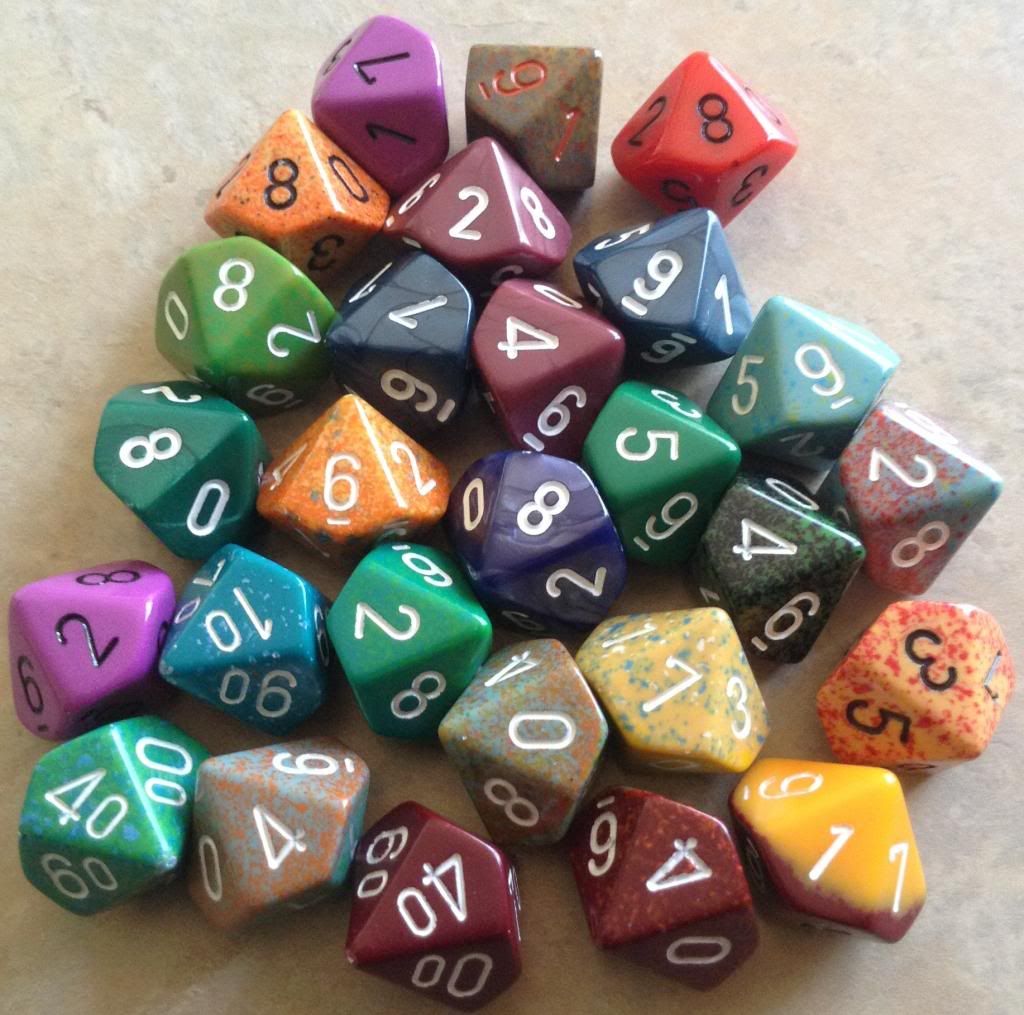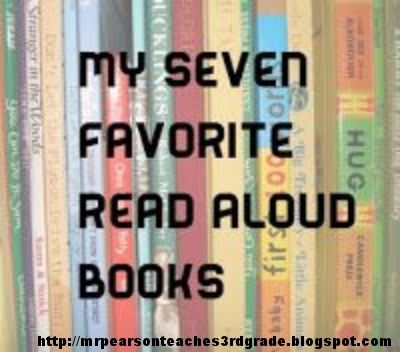My classes are currently studying subtraction in our math classes. One of the ways that I like to have students practice is through a lot of different interesting centers. One of the centers that they are working on for the Subtraction Unit is called Subtraction Bingo. When I explained the activity to my students they seemed very excited to get started on putting the game together.
The first thing the students have to do is answer the subtraction problems that will be used to create the Bingo board. There are 25 different subtraction problems for them to solve. These problems focus on 3-digit subtraction, with and without regrouping. This is probably as close as I get to a math worksheet outside of the homework I assign each evening. The problems that the students solve will be used as the spaces on the Subtraction Bingo board.
After the students solve the 25 problems, the questions are cut apart from each other. The students will need to choose 24 of the 25 problems to create their Bingo boards. Once the problems have been cut apart, the students will use a glue stick to glue the problems to the 24 spaces on the empty Bingo board. This lets the students create their own boards and each board will be different.
When the students have created their boards, it is Bingo Time! I have all of the differences on little cards in an envelope. The students take turns pulling out the differences and reading them aloud. If a student has that number on his board, he gets to cover it with a marker. The first student to cover five spaces in a row is the winner.
Subtraction Bingo is a lot of fun and I want your students to enjoy the activity as well, so I have made it free from my Teachers Pay Teachers store. I hope you can use it and would love to know how it worked in your classroom. Hopefully it will be as a big a hit in your room as it is in mine.

